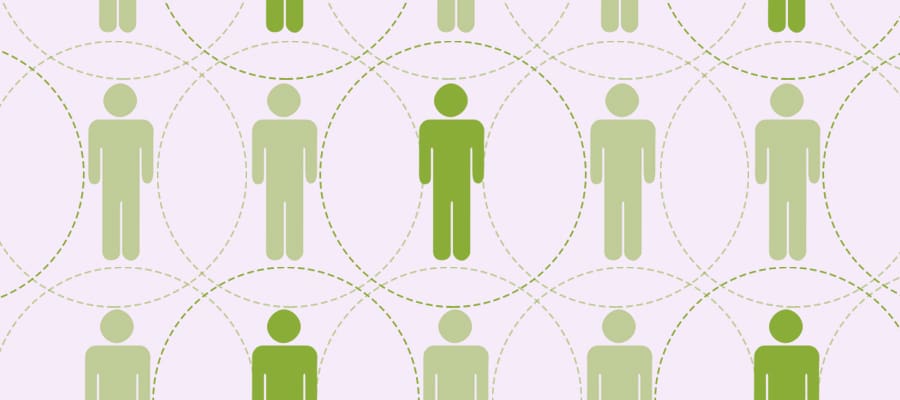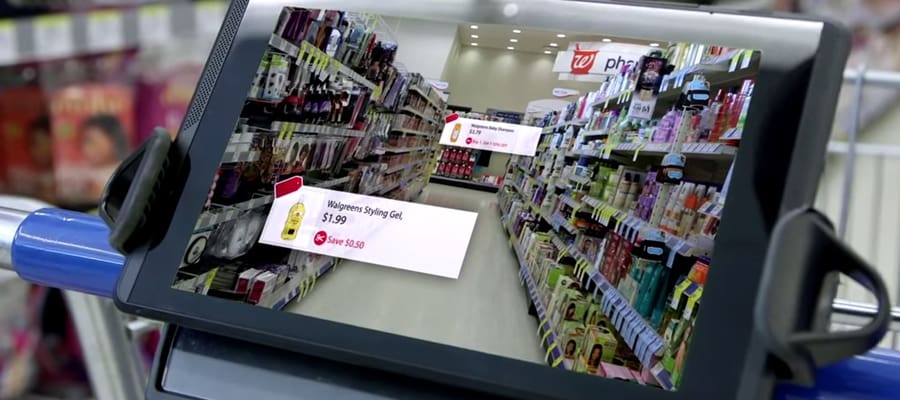Published: May 15, 2014
Have you ever found yourself in a meeting where people are throwing around terms, slinging jargon, and suggesting strategies that sound more like a foreign language than basic business? It’s okay, so have we.
So when it comes to mobile, we’re careful not only to walk the walk, but to talk the talk that makes sense to our customers.
In a world where bluetooth can mean more than one thing, there are a lot of mobile technology terms that go misunderstood and misrepresented.
Here’s a basic glossary to quickly get you up to speed on the basics – where app is short for applications, not appetizers. Ice Cream Sandwich is not a chocolate cookie, vanilla ice cream pleasure of your childhood, it’s a version of Android. And a user is not the neighbor that keeps borrowing your stuff.
3G – Third generation. The technology currently used by many mobile systems. These support data transfer rates that allow users to surf the internet and watch videos.
4G – Fourth generation. A loose term covering the wireless network technology that will power the next generation of mobile phones. Already deployed in some countries it promises data speeds of 300Mbps — 20 times faster than existing 3G networks.
Accelerometer – An accelerometer is a sensor that measures the tilting motion and orientation of an object; commonly found in SmartPhones.
Android – An operating system created for mobile devices by a group of tech firms led by Google. Different versions of Android are typically named after sugary treats, namely Gingerbread, Honeycomb and Ice Cream Sandwich.
App – An application, or a self-contained program or piece of software designed to fulfill a particular purpose, especially as downloaded by a user to a mobile device.
App Store – An app store, which offers a lot more than just mobile apps, is a website that aggregates software solutions for business or personal use. The Apple App Store or Google Play (Android’s App Store) are commonly known.
Bluetooth – Bluetooth is a wireless technology standard for exchanging data over short distances. When you connect your mobile phone to your handsfree headset or stream your music from your iPod to a speaker, you’re probably using Bluetooth.
Cloud – The offloading of data storage or processing to the internet or a shared network. Cloud technology allows for the ability to run a program or application on many connected computers at the same time, provided there’s a good Wi-Fi connection. Google Drive, Dropbox, and Salesforce are all examples of programs that run on the cloud.
Feature phone – Feature phones are lower end mobile device that don’t have the computing power of a smartphone.
Future Friendly – A philosophy that takes into account developing for future devices and ensuring that all content will continuously function; no matter what, it adapts.
Geolocation – The process or technique of identifying the geographical location of a person or device by means of digital information processed via the Internet.
Hybrid App – Applications that employ a mix of native and web technologies. Think of it as a web based app in a native shell.
iBeacon – The Apple Trademark for an indoor positioning system. The technology lets businesses set up transmitters which can tell nearby smartphones of their presence. It may not sound like much, but combined with the right software, it opens up a massive number of possibilities.
iOS – A mobile operating system created by Apple to run devices including the iPhone, iPad and iPod Touch.
LTE – LTE (Long Term Evolution) is a wireless broadband technology designed to support roaming Internet access via cell phones and handheld devices. Because LTE offers significant improvements over older cellular communication standards, some refer to it as a 4G (fourth generation) technology.
Native App – When an application is native, it means it was built in a device’s native programming language – either for iOS devices, Android devices, etc. These are the apps that you find in the app store on your mobile device. They are specific to a particular operating system. Native apps are typically fast, reliable, and have access to most of the hardware built within your mobile device. They are beneficial if you are interested in targeting a particular audience, like iOS users.
NFC – Near field communication, is technology that allows smartphones to communicate with other nearby devices. It allows simple data transfer between mobiles. It can also be used in contactless payment systems, allowing mobile devices to behave like debit cards.
Platform – A mobile platform is also described as an OS or operating system.
Push Notifications – The delivery of information from a software application to a device without a specific request from the user. When you get an alert for a new text message, this is an example of a push notification.
Pull Notifications – When the request for the transmission of information is initiated by the receiver or client. When you manually refresh your email from your phone, you are initiating a pull notification.
Responsive Design – Responsive design is a development practice based on the philosophy of creating interactive experiences that are “future friendly.” When you build something in a future friendly way, you ensure your content is available on a single URL and will be reformatted to work on a variety of devices. For example, we can almost guarantee that your future friendly site built today will be optimized for the iPhone 20. Companies are shifting focus to future friendly and responsive design to ensure a positive mobile experience on any device – ultimately saving time, money, and effort in the long run.
RFID – Radio-frequency identification (RFID) is the wireless non-contact use of radio-frequency electromagnetic fields to transfer data, for the purposes of automatically identifying and tracking tags attached to objects.
Sensor – Modern mobile phones come with a variety of sensors that automate or easy many of our daily tasks. This field takes into account the presence of an accelerometer, a gyroscope, a compass, and a barometer.
Smartphone – A smartphone is a wireless device that runs an operating system so you can install apps and games just as you would with a PC.
SMS – Short message service, or text messaging. The original and, some say, the best mobile phone app. This cheap, widely-available, stripped-down communication system refuses to die despite technology advances.
Tablet – A general-purpose computer contained in a single panel. Its distinguishing characteristic is the use of a touch screen as the input device. Modern tablets are operated by fingers, and a stylus is an option, whereas earlier tablets required a stylus. Think Apple iPad, Windows Surface, or BlackBerry PlayBook.
Web App – A web application is one that is available through your mobile device’s browser. As a result, a web app is accessible to any mobile device user, regardless of operating system. This is an important element if you are looking to offer a quality app experience with a large reach.
Wi-Fi – A way of wirelessly connecting to the internet over a broadband connection.
Resources:




